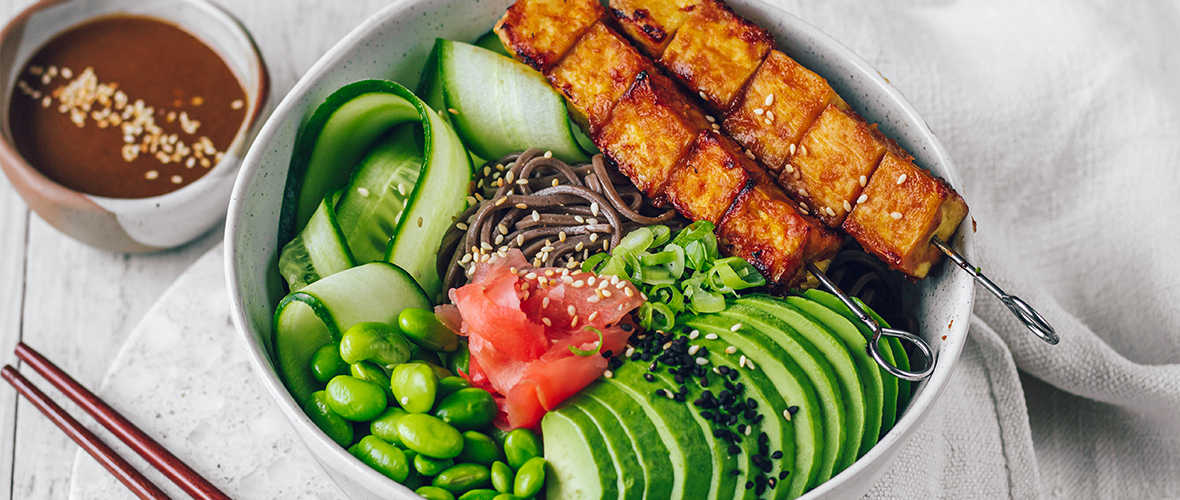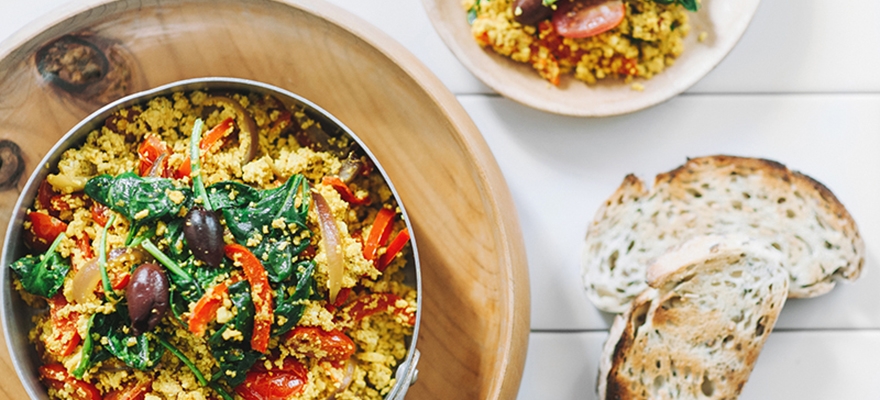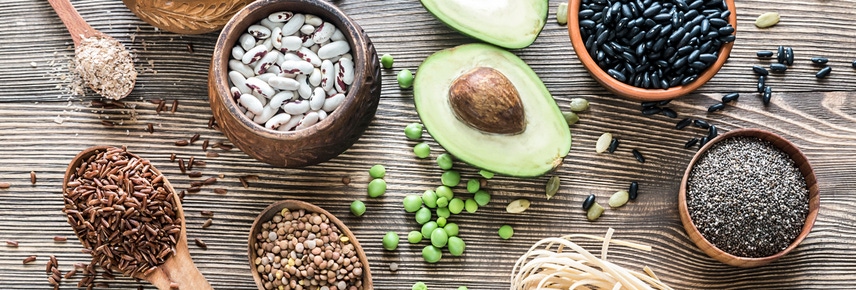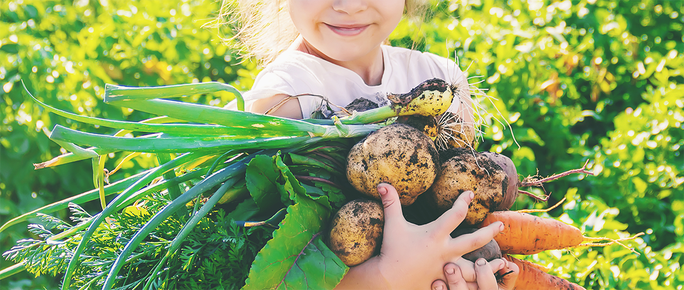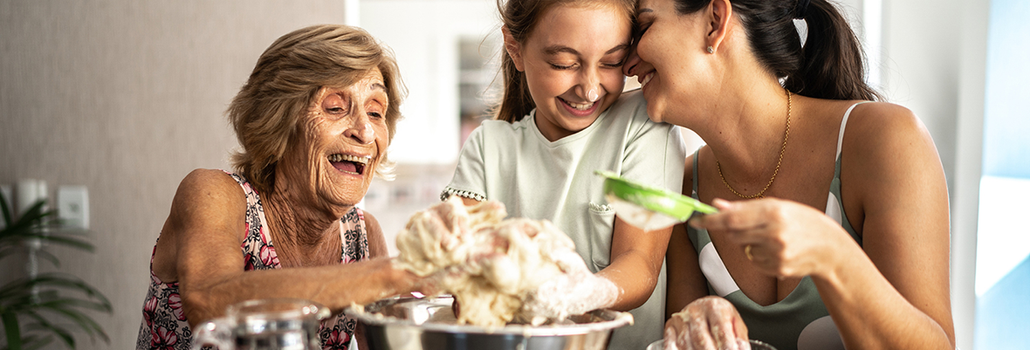
5 secrets to longevity from the world’s longest living people
Have you heard of Blue Zones? If you’re looking to live better for longer, then the people that live in these zones can teach you a thing or two.
The Blue Zones are hot spots around the world where people live longer than anywhere else in the world. Not only are Blue Zone residents more likely to live to 100, but they do so in good health. They are the focus of a new Netflix series, Live to 100: Secrets of the Blue Zones.
In the early 2000s researcher and National Geographic fellow Dan Buettner identified five regions where extraordinary longevity was the norm.
So, what are the 5 Blue Zone areas in the world?
1. Loma Linda, California
Loma Linda is home to a flourishing Seventh-Day Adventist community in the middle of modern-day American suburbia and yet, this community still defies the health odds. Health is central to their faith, prioritising exercise and following a healthy vegetarian diet. This includes plenty of plant foods rich in good fats, such as avocados and nuts, along with whole foods such as oatmeal, whole wheat bread, legumes and soy. On average residents of Loma Linda live about a decade longer than the rest of us.
2. Ikaria, Greece
On this Greek island, in the glistening Aegean Sea, living to be a centenarian is the norm with one in three residents reportedly make it past 90-years of age. People living on Ikaria follow a traditional Mediterranean diet, which is thought to be one of the healthiest diets in the world. Here, their diet focuses on foods such as potatoes, beans, wild-grown greens, herbs, plenty of olive oil and staples like goat’s milk, honey, and feta cheese.
3. Okinawa, Japan
Islands in the southern end of Japan were once known as the land of the immortals, because of the longevity of the people. Okinawans reportedly have less cancer, heart disease and dementia than Americans, and women there live longer than any women on the planet. Crediting diet and social practices for longevity, Okinawans consider food as sacred and treasure life-long friends. They eat more fruits and vegetables and foods made from soybeans than the typical western diet.
Popular foods include heart-healthy fish, bitter melons, sweet potato, tofu, garlic, brown rice, green tea and shiitake mushrooms. Life values and purpose are held sacred too, and retained well into old-age, with the Japanese concept of ikigai a constant in life on Okinawa. Accompanying this is a mindset to follow the 80 percent rule: stop eating when your stomach is about 80 percent full. In Okinawa there’s a 2,500-year-old mantra—Hara hachi bu—spoken before each meal to remind people of this. It’s said the 20 percent gap can be the difference between gaining weight and not.
4. Sardinia, Italy
While all of Sardinia is a Blue Zone, the region of Barbagia is said to have the highest concentration of men who live to be 100 or older. Food is life in Italy and the Sardinian take on Italian cuisine might be just the thing extending residents’ lives beyond the norm. Traditional dishes are at the fore, with a focus on olive oil, homemade staples like cheese and pasta, homegrown fruits and vegetables, grains and fish. A typical diet includes sheep's milk, cheese, fennel, fava beans, chickpeas, tomatoes, almonds and milk thistle tea.
Subscribe to Wholicious Living to stay up-to-date with the latest health and nutrition advice.
5. Nicoya, Costa Rica
Nicoyan centenarians live a holistic life abundant in whole foods, family, and purpose. They eat most of their food in the first half of the day, limiting calorie intake in the evenings, with foods focused on a traditional Mesoamerican diet such as corn, beans, squash, and tortillas, plus an abundance of fruits and vegetables such as yams (sweet potatoes), bananas, papaya, and peach palms. Nature plays a big role in their lives too with sunshine and physical labour a mainstay in the Nicoyan lifestyle. Family and friends are at the heart of it all, giving them a sense of purpose and belonging.
So, what do people in Blue Zones do differently? And what secrets can we learn to help us live longer?
Here are 5 common Blue Zone traits that support longevity:
1. Plant slant - Plant power is the real deal when it comes to living longer. According to research by Dan Buettner, a National Geographic fellow and Blue Zones Project founder, 95 percent of the diet in the Blue Zones is composed of plant-based foods, with an emphasis on beans. Although Blue Zones are scattered around the world, each hotspot naturally prioritises a diet rich in beans, including fava, black, lentils and soy, and grains such as oats, barley, brown rice, and corn as well as leafy green veggies like spinach, kale, collards and chard. Meat is limited, consumed on average once a week in small servings — about the size of a deck of cards.
2. Move naturally - The world’s longest-lived people don’t sweat it out at the gym, they don’t pound the pavement daily, and they don’t lift weights for a ripped physique. Rather, incidental exercise is the norm and physical labour is common. They get their hands dirty tending to their gardens, grow and harvest their own food, and live in regions where the environment encourages movement, so it’s naturally incorporated into their day.
3. Purpose and belonging -There’s a lot to be said for having a purpose in life and a sense of belonging. People living in Blue Zones often belong to a faith-based community giving them much of both. In fact all but 5 of the 263 centenarians interviewed as part of the Blue Zones ‘Lessons From the World’s Longest Lived’ study belonged to some form of faith based community. Their research also revealed attending faith-based services several times per week can add as much as 14 years to life expectancy.
4. Shift down a gear - People living in Blue Zones experience stress too. The difference comes down to a shift in daily habits and routines that include time to slow down and look after yourself. Research tells us habitual consumption of nutritious foods, regular physical activity and even consistent sleep can all contribute to living a healthy lifestyle. In Ikaria people take a daily nap and Adventists observe the Sabbath guaranteeing time is preserved for church and quality connection with family and friends.
5. Friends and family - Social circles where close friends and family support each other is common in Blue Zones. In Okinawa the term ‘moais’ refers to a group of long-standing friends who support you through life. And those you choose to surround yourself matter too because positivity and healthy behaviour are contagious. Research suggests individuals can exert what’s called a ‘contagion effect’ through association. Lifestyle habits and their flow-on effects, such as obesity and happiness, are threaded through social ties.
Want to eat like you live in a Blue Zone?
By this point you’ve probably guessed diet plays a significant role in longevity.
“When you look at the longest-lived of people in the world, whether you're in Asia, Europe, Latin America, United States, they're eating 90% -100% whole food plant-based,” says Dan Buettner.
“The five pillars of every longevity diet in the world are wholegrains, greens, tubers like sweet potatoes, nuts, and beans. In fact, if you're eating about a cup of beans a day it's probably adding about four years to your life expectancy.”
Need some more inspiration? Try an easy and tasty recipe from our new Blue Zone recipe collection.

The latest nutrition advice, plus health and wellness tips delivered to your inbox monthly
